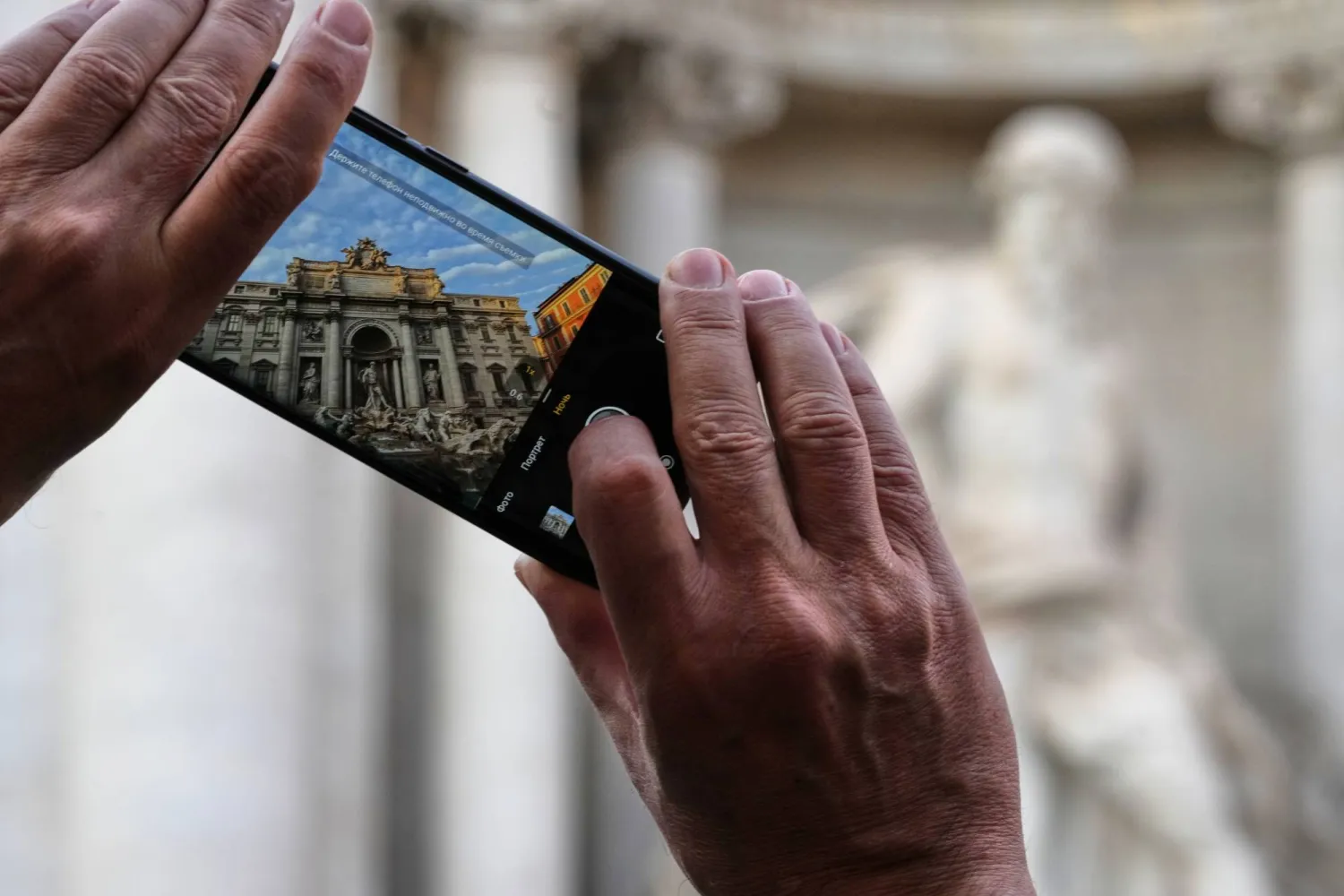In the markets of the Comoros, the hand-embroidered kofia that is essential headwear for men and boys at Eid celebrations this month is facing fierce competition from much cheaper Chinese versions.
The authentic kofia -- which often feature delicately embroidered Arabic calligraphy in silk thread -- can cost up to 400 euros ($432) each.
A "made in China" version goes for about 12 euros -- and even that is negotiable, vendor Hassanati Idjabou tells a customer at the bustling Volovolo market in Moroni, capital of the Muslim-majority archipelago of 870,000 people.
"The main attraction is the price," admits the customer, Said Mohamed, a plumber who is shopping for kofia for his two sons ahead of Eid at the end of the month.
"Handmade kofia are more beautiful but they are excessively expensive, especially for carefree children who don't appreciate their value," he says, walking away with his purchase.
The average salary in these Indian Ocean islands is below 200 euros a month but nearly half the population is on the poverty line, living on just over 100 euros a month, according to national statistics.
Three years ago, Idjabou's stand was raided by police combating forgery. "I was arrested for several hours by the national police and my stock of kofia was confiscated for a few days," the frail vendor says.
But today the policemen patrolling a few meters from her stall are indifferent to the counterfeit products.
Idjabou does not think the cheaper versions she sells will undercut the future of the authentic version so cherished on these islands and nearby countries.
"Traditional kofia will not disappear for one simple reason: no one would dream of sending a counterfeit kofia to a man about to marry their daughter," she says.
Another advantage of the Chinese version: they are unlikely to get stolen, says Mohamed Ali Mgomri, who also owns one. "Nobody's going to want to steal something that costs 15 euros," he says.
- 'Killing our craft' -
In the Comoros, kofia are only worn by males but almost exclusively embroidered by women in work that is slow and painstaking.
In the seaside town of Mitsamiouli, 40 kilometers (25 miles) from Moroni, long-time kofia creator Chifayi Mwasi opens the heavy, ornate door of her house at the entrance of the medina.
"They're killing our craft," says Mwasi, who is in her seventies and has been sewing kofia since she was 11 years old.
"They take photos of our models and go to China to produce them in industrial quantities," she says.
In the middle of the living room is an antiquated black-and-gold sewing machine.
"It's over 50 years old, it is hardy," laughs Mwasi. Her right foot, resting on a cushion, gently presses the pedal in a regular rhythm.
"Electric sewing machines are far too fast for crafting a kofia," she says. Mwasi designs the patterns that are later embroidered on to the kofia by other women, such as Maissara Mhadjou.
"Making a kofia takes me at least two months and I am paid 150 euros ($162)," says Mhadjou, whose swollen fingers run over and over an intricate stitch.
"Our heritage won't just disappear," she says. "Chinese kofia aren't ugly, but they're no match for hand-embroidered ones."
But anthropologist Abderemane Wadjih, who is wearing a handmade version on his head, believes "the Chinese invasion represents a cultural threat" to an item that is precious to the Comoros identity.
The Comoros has to nurture the age-old mother to daughter transfer of the art and craft of creating kofia while also considering how to make more affordable versions, says the government's director of culture, Wahida Hassani.
"We have to do our utmost to ensure that this transmission continues, whether through formal or non-formal education," she says. "Preventing the Chinese from proliferating the kofia -- that is not one of my abilities."









